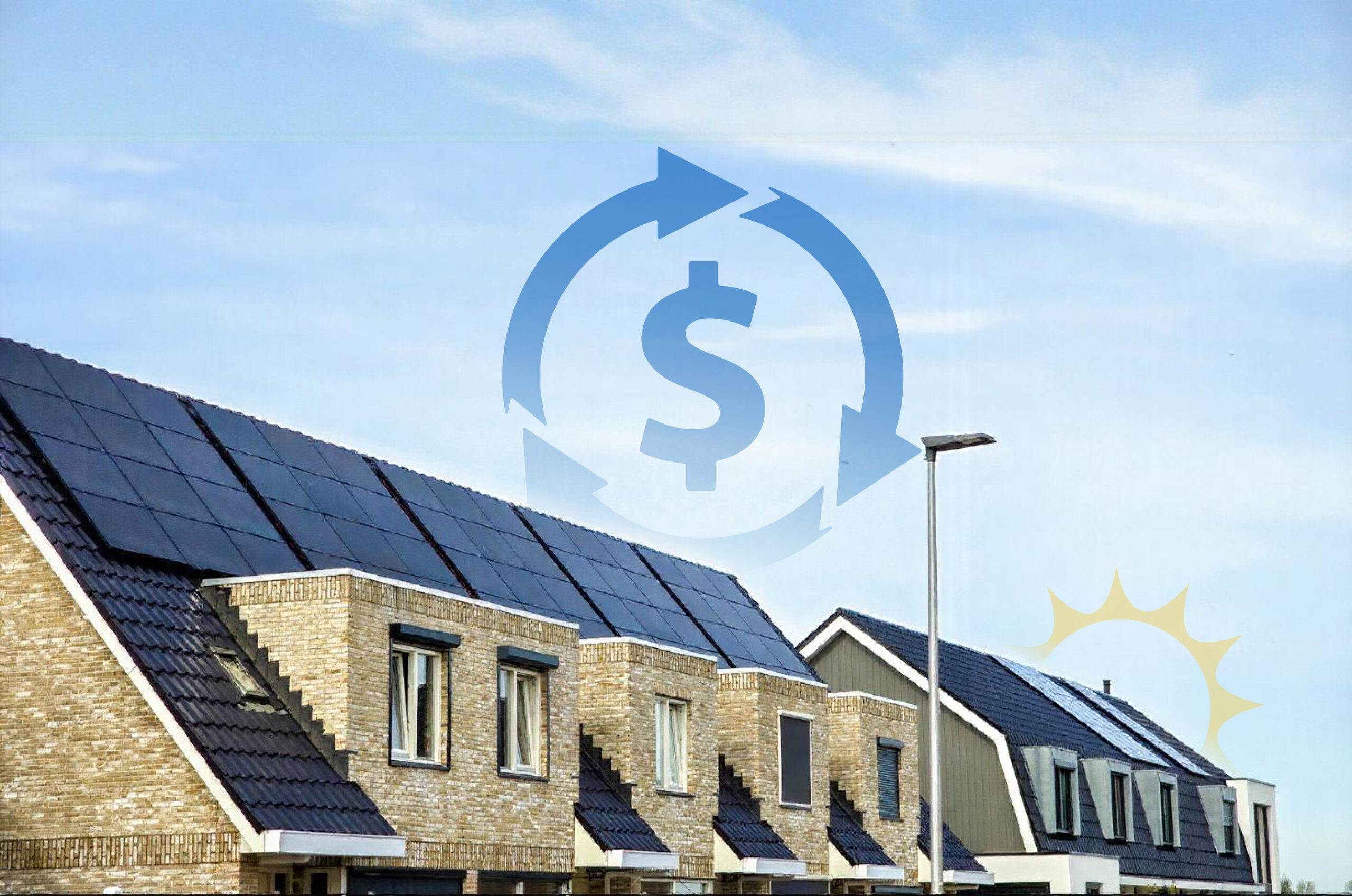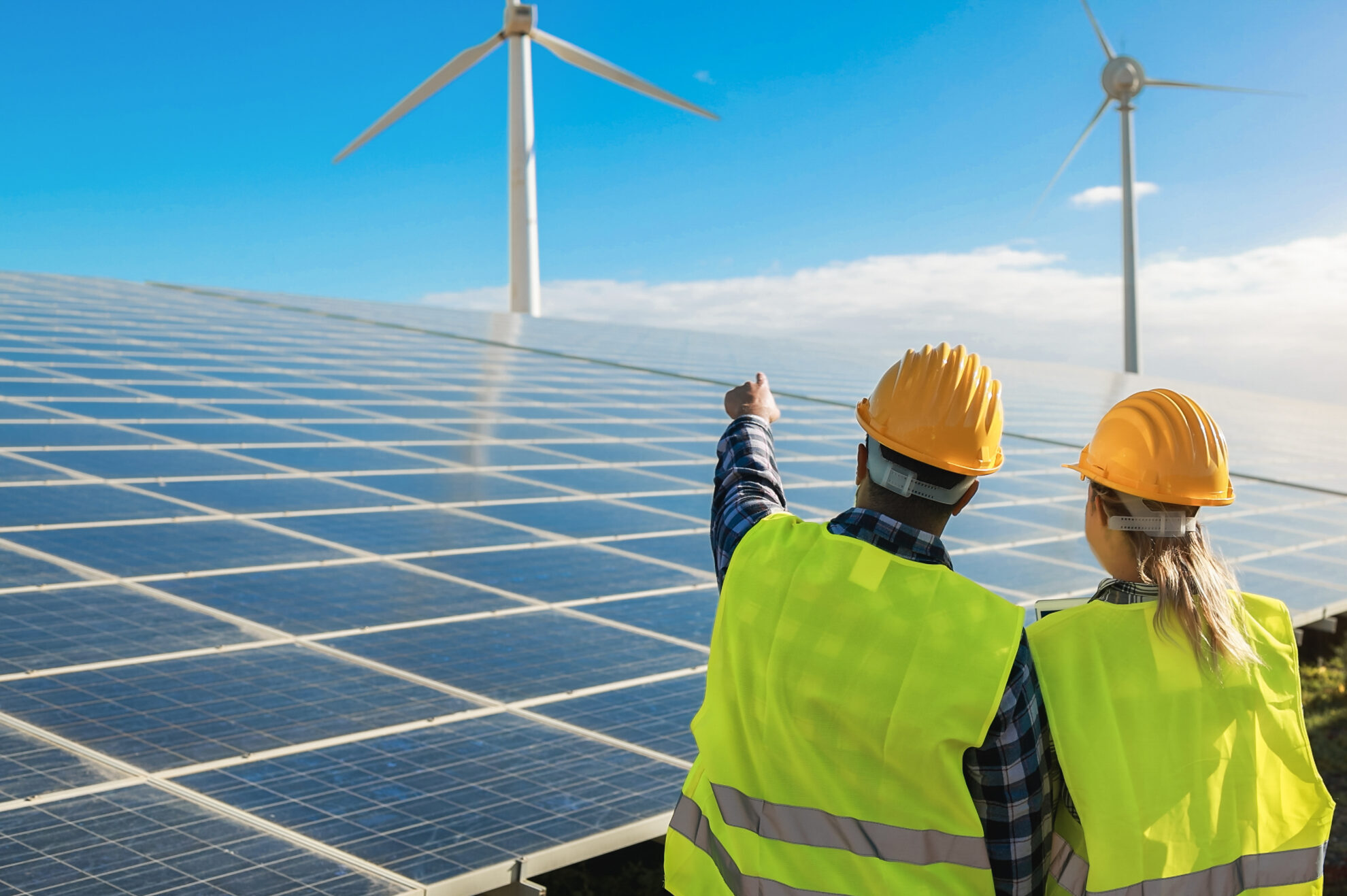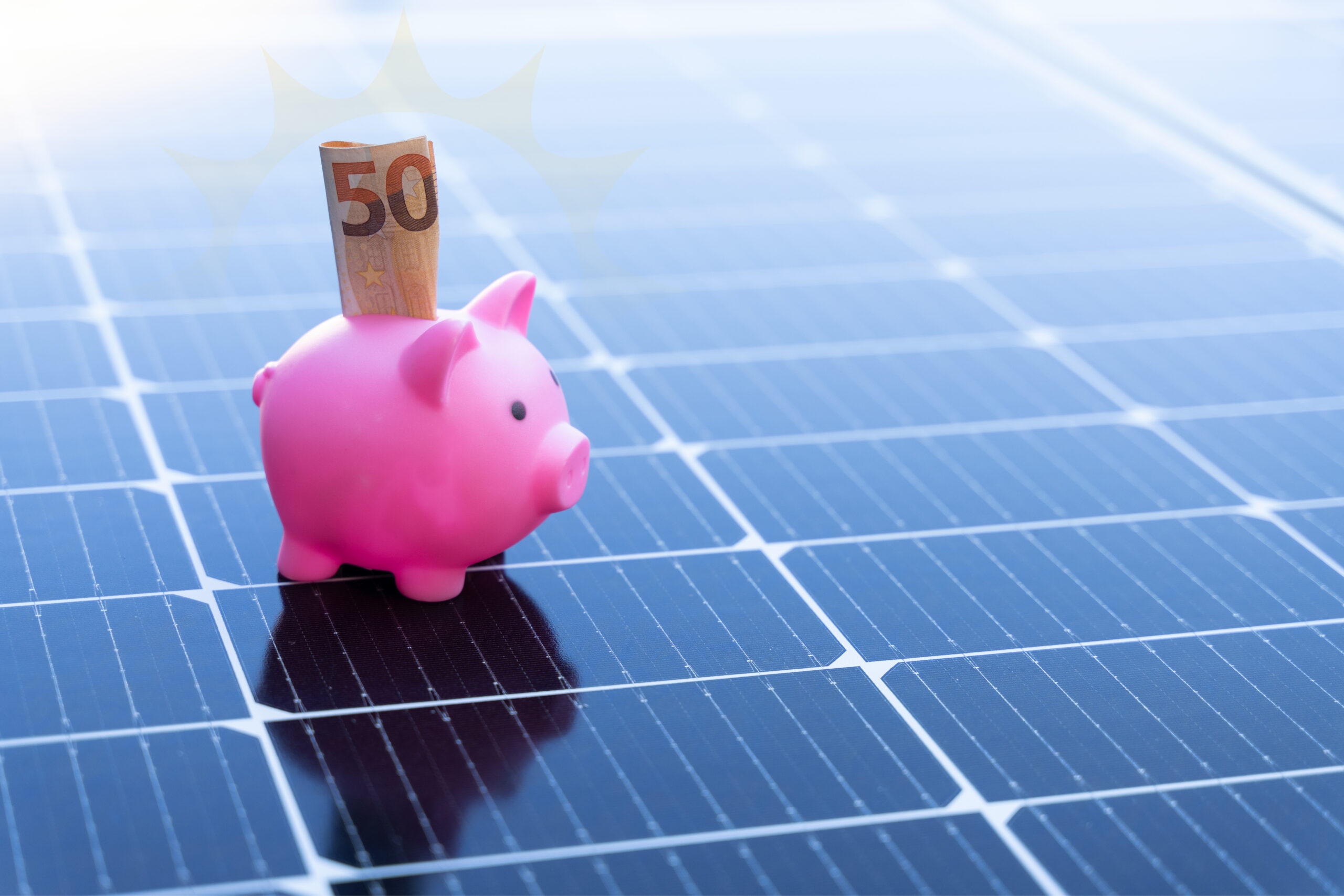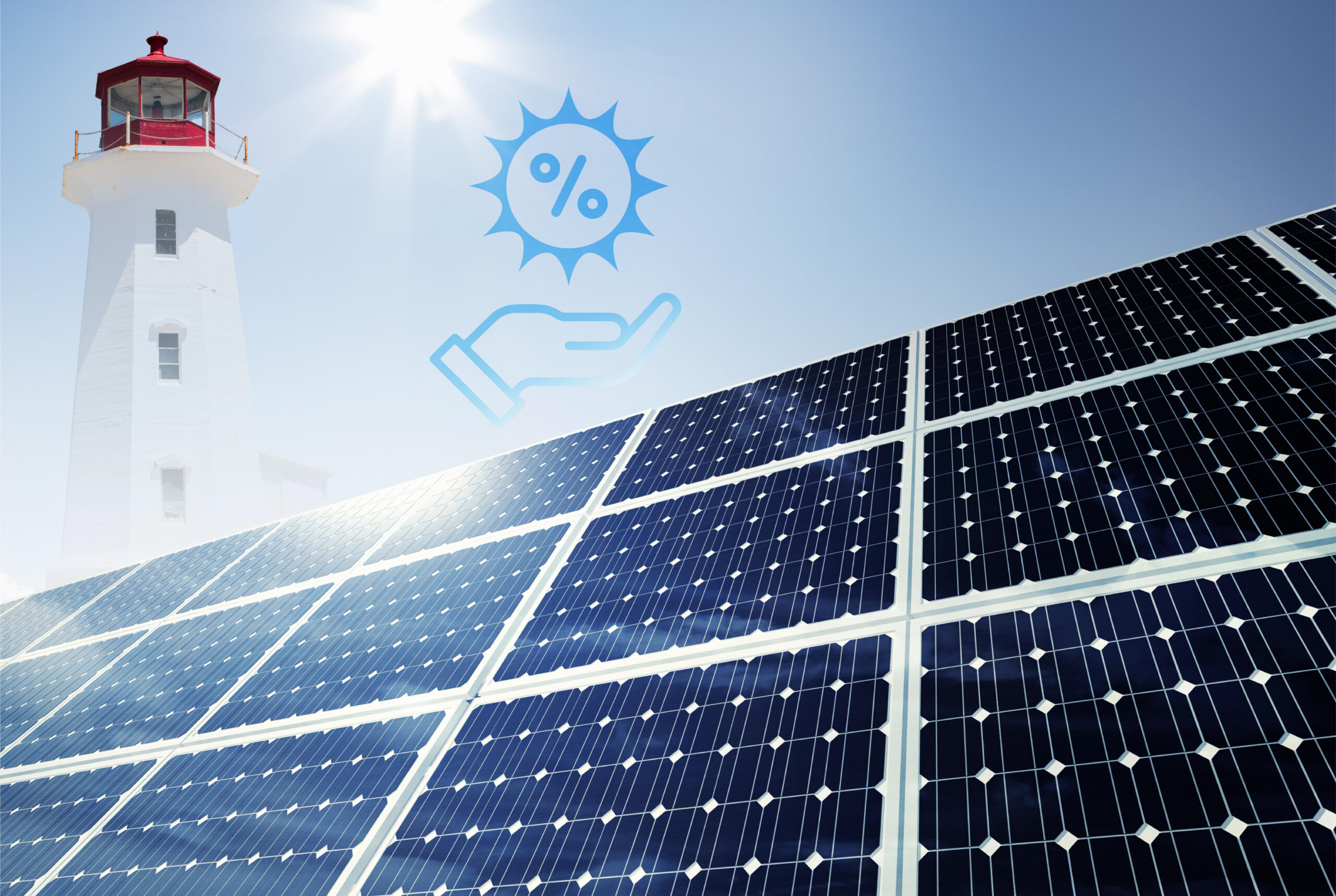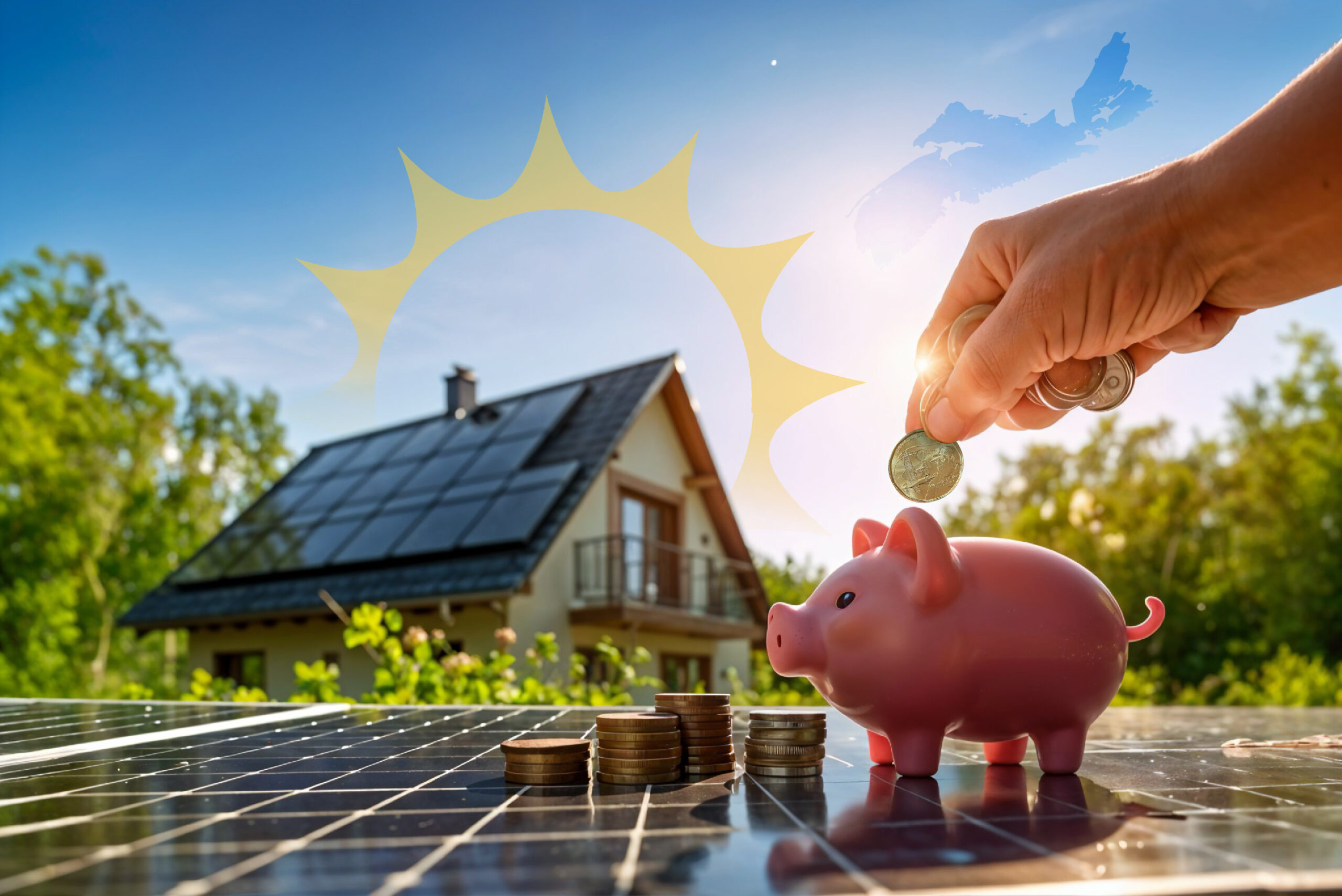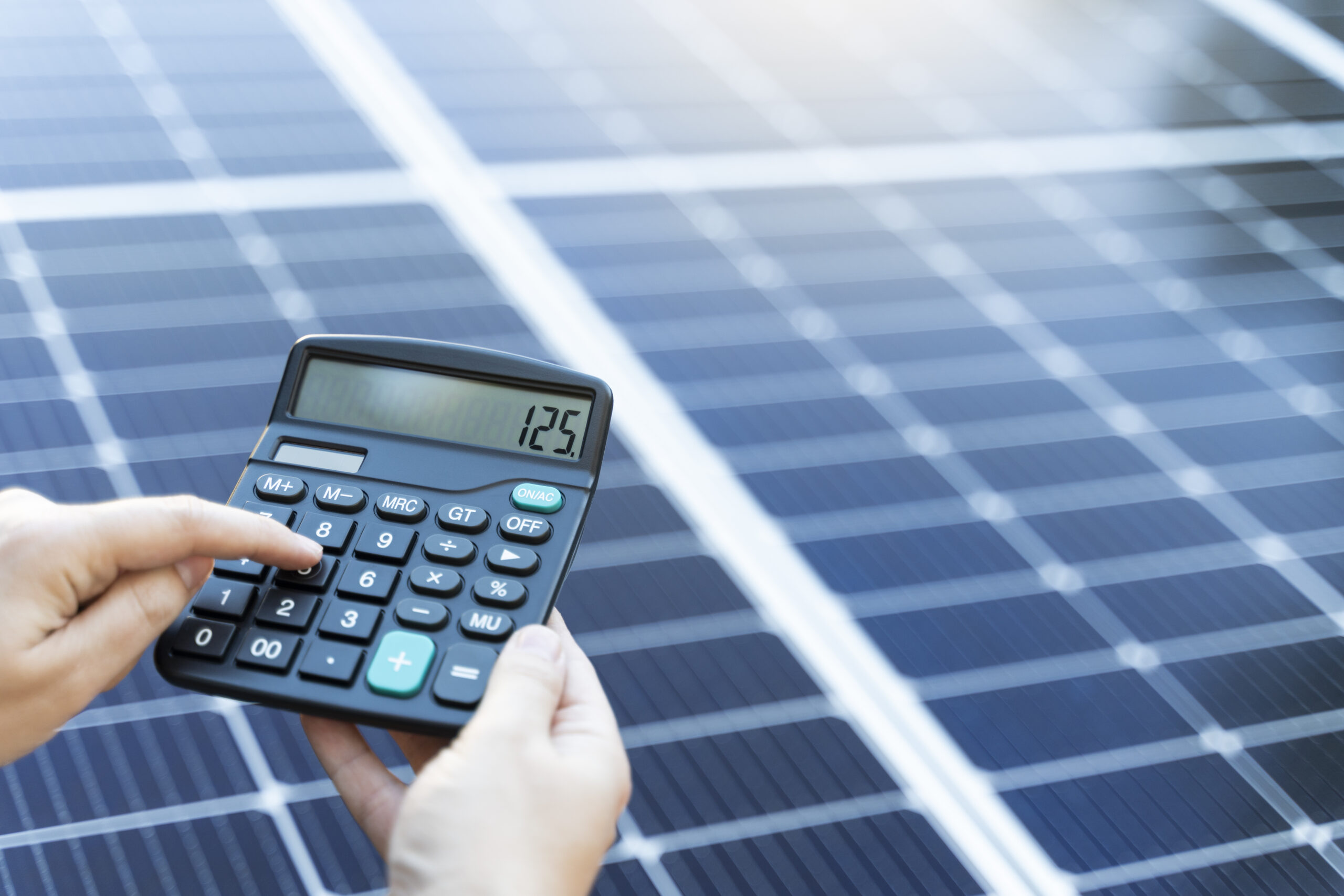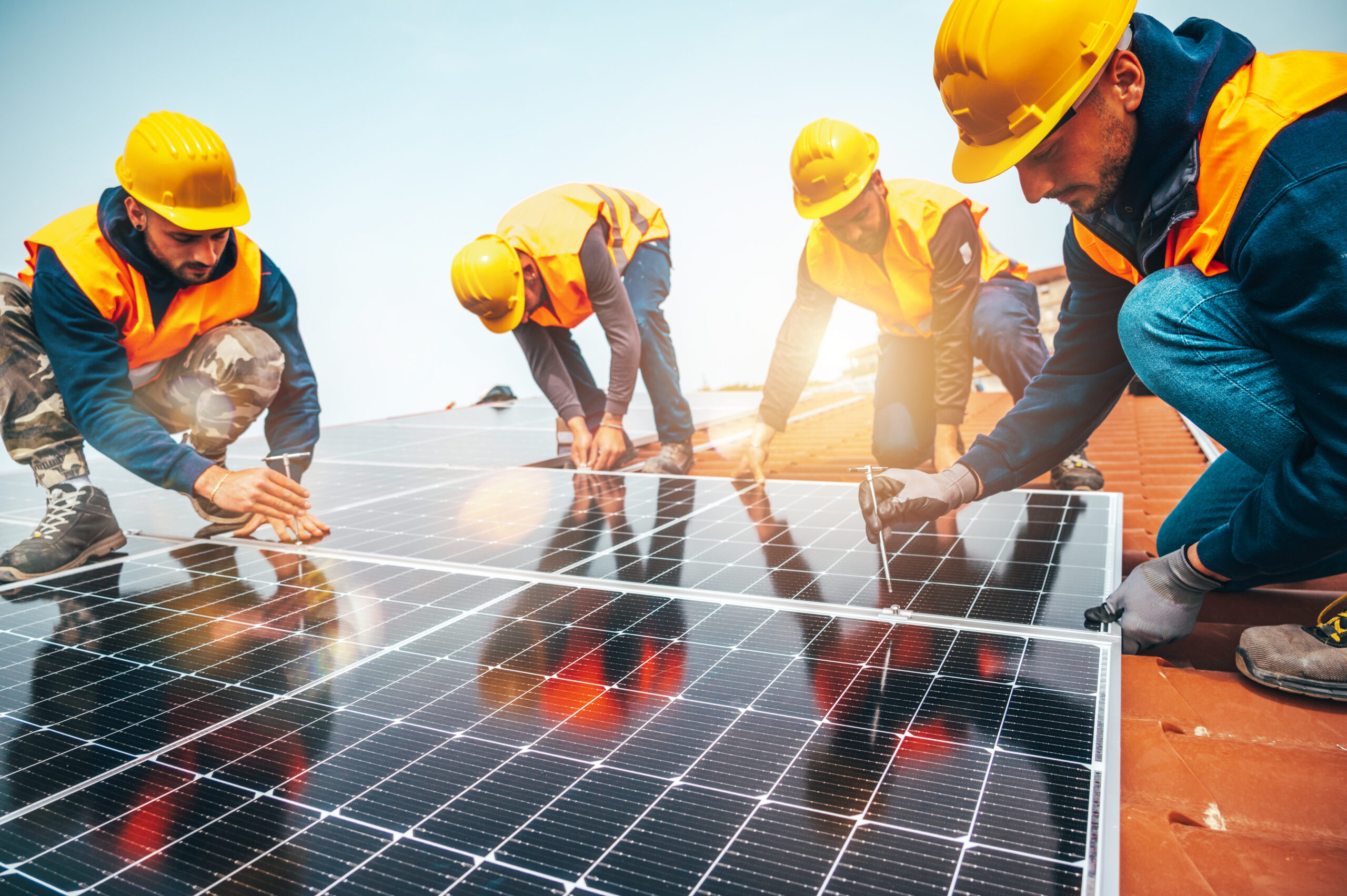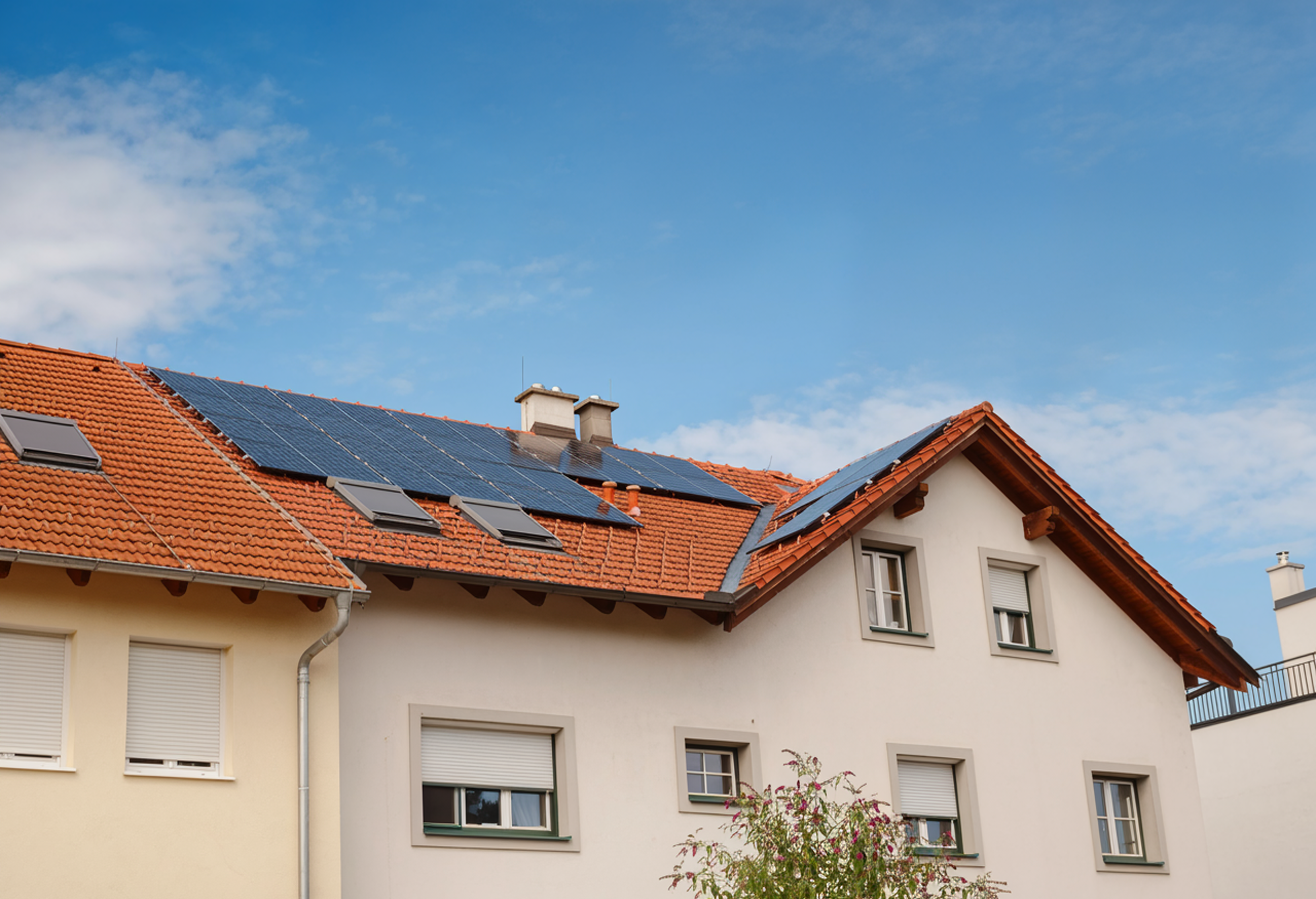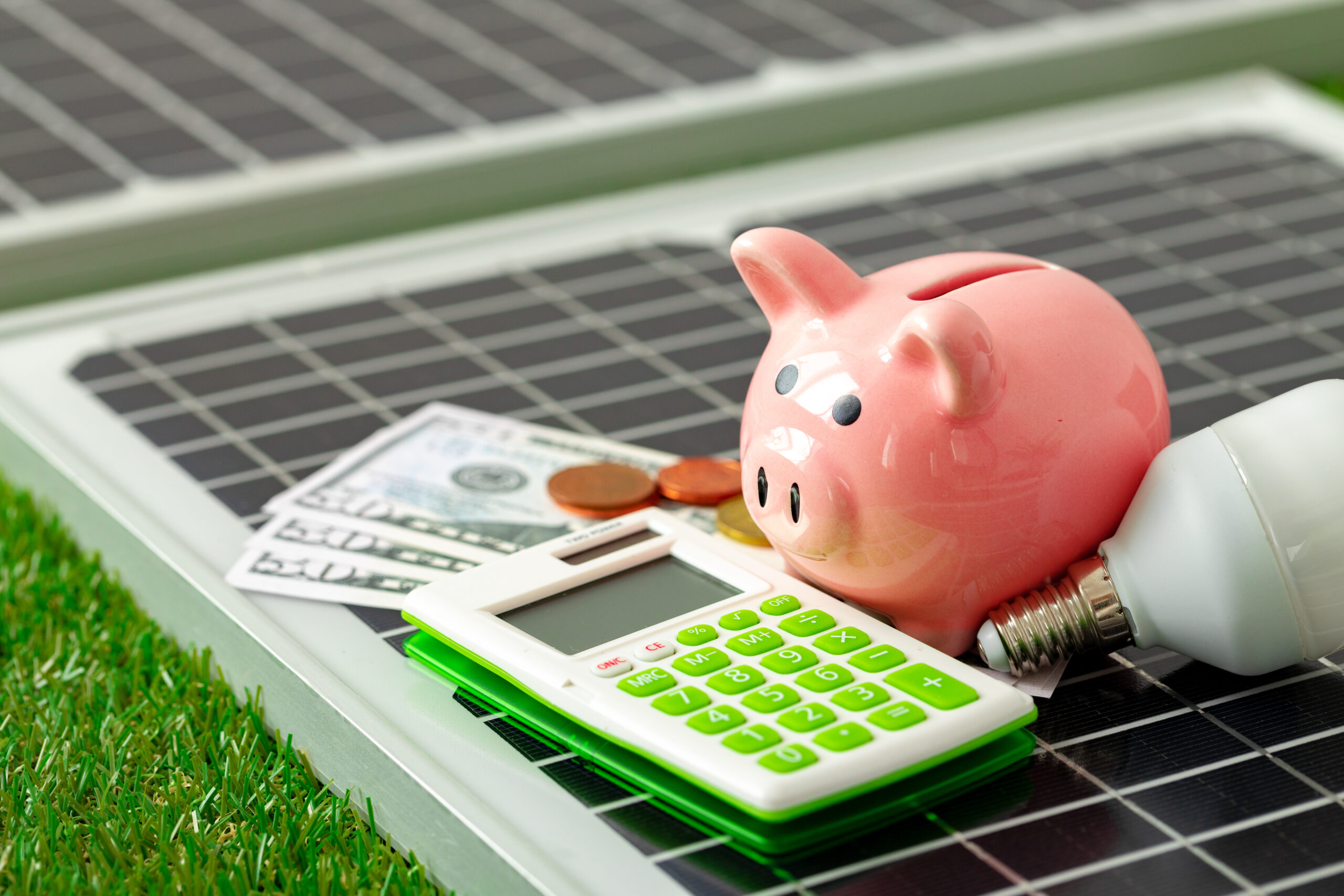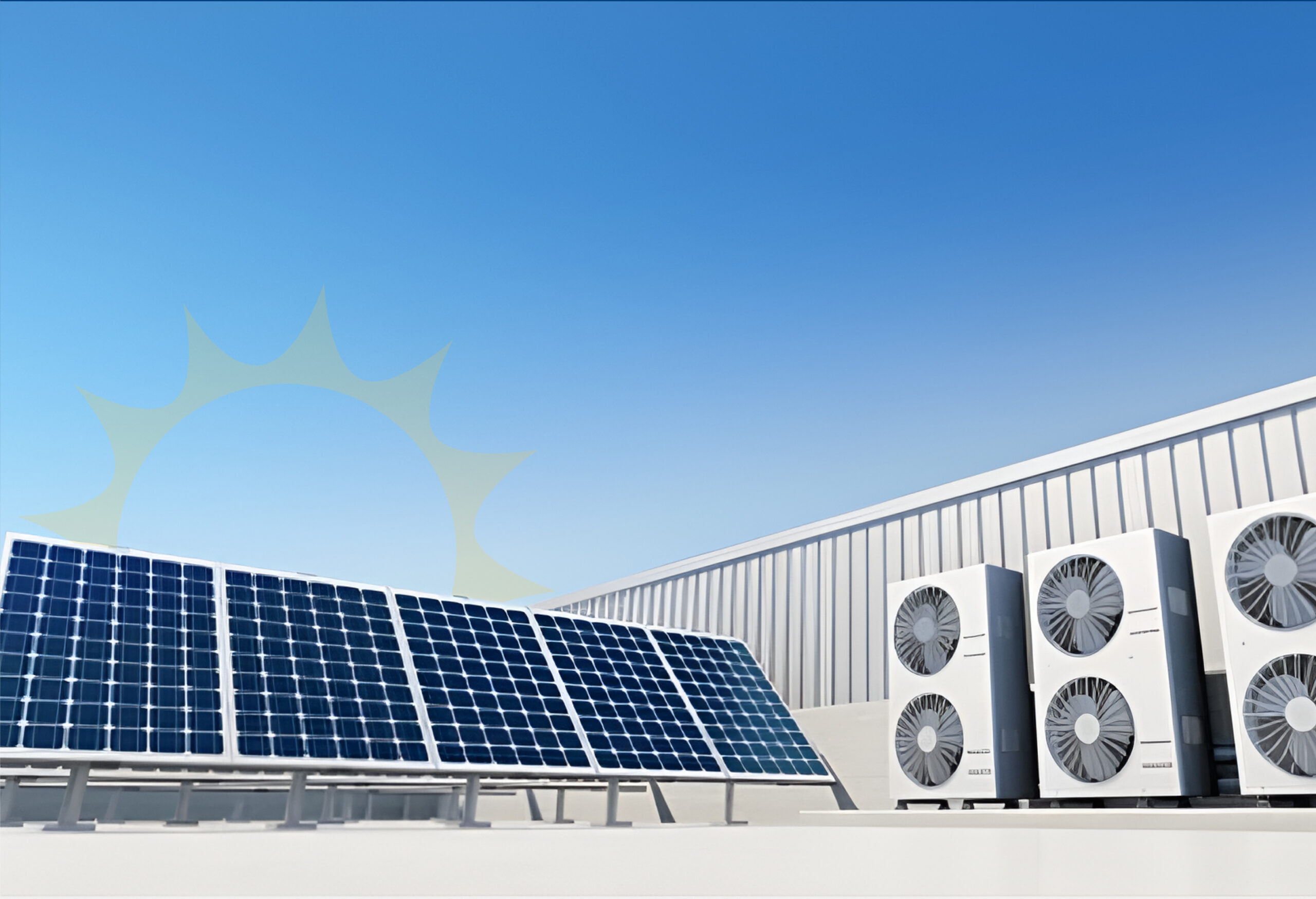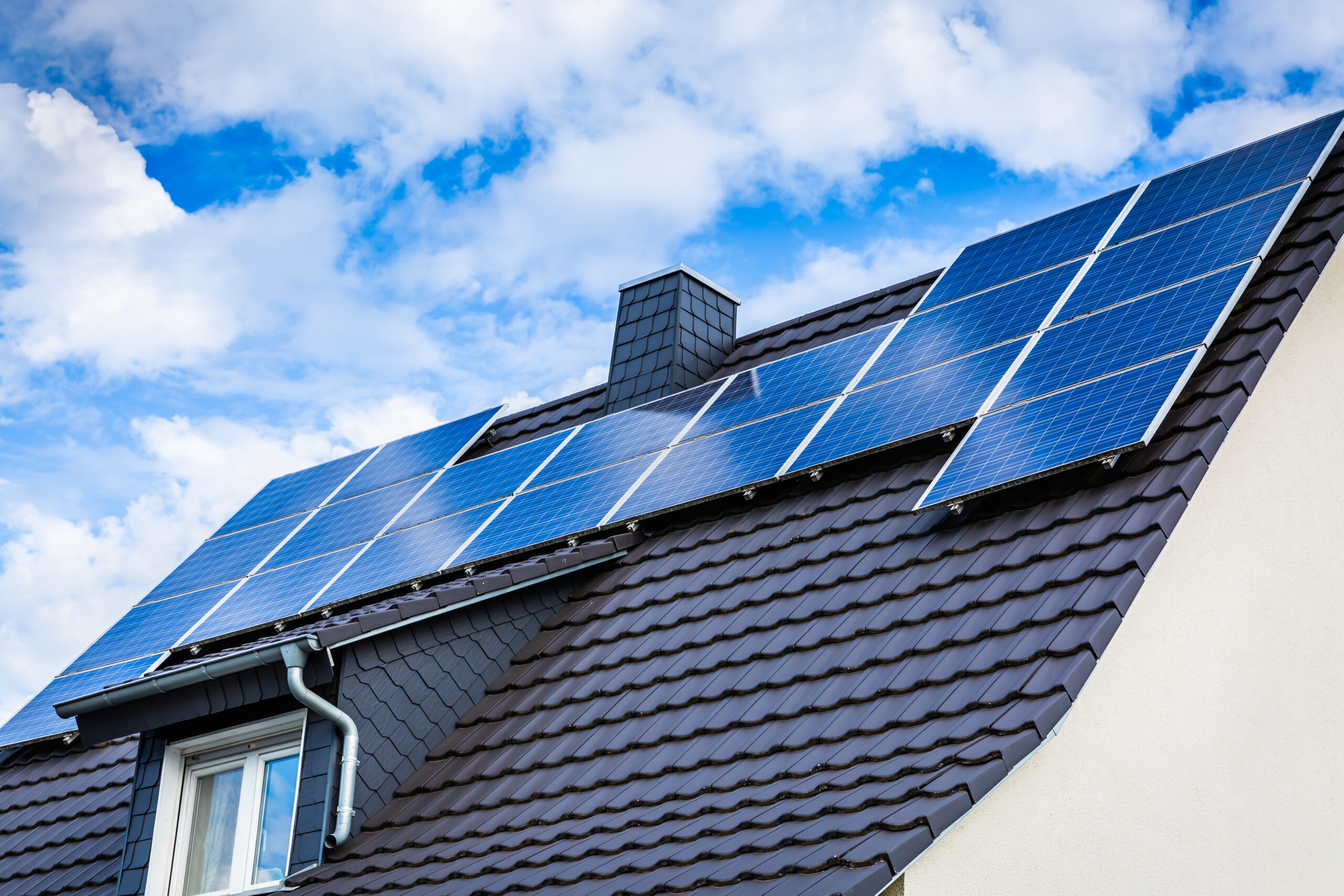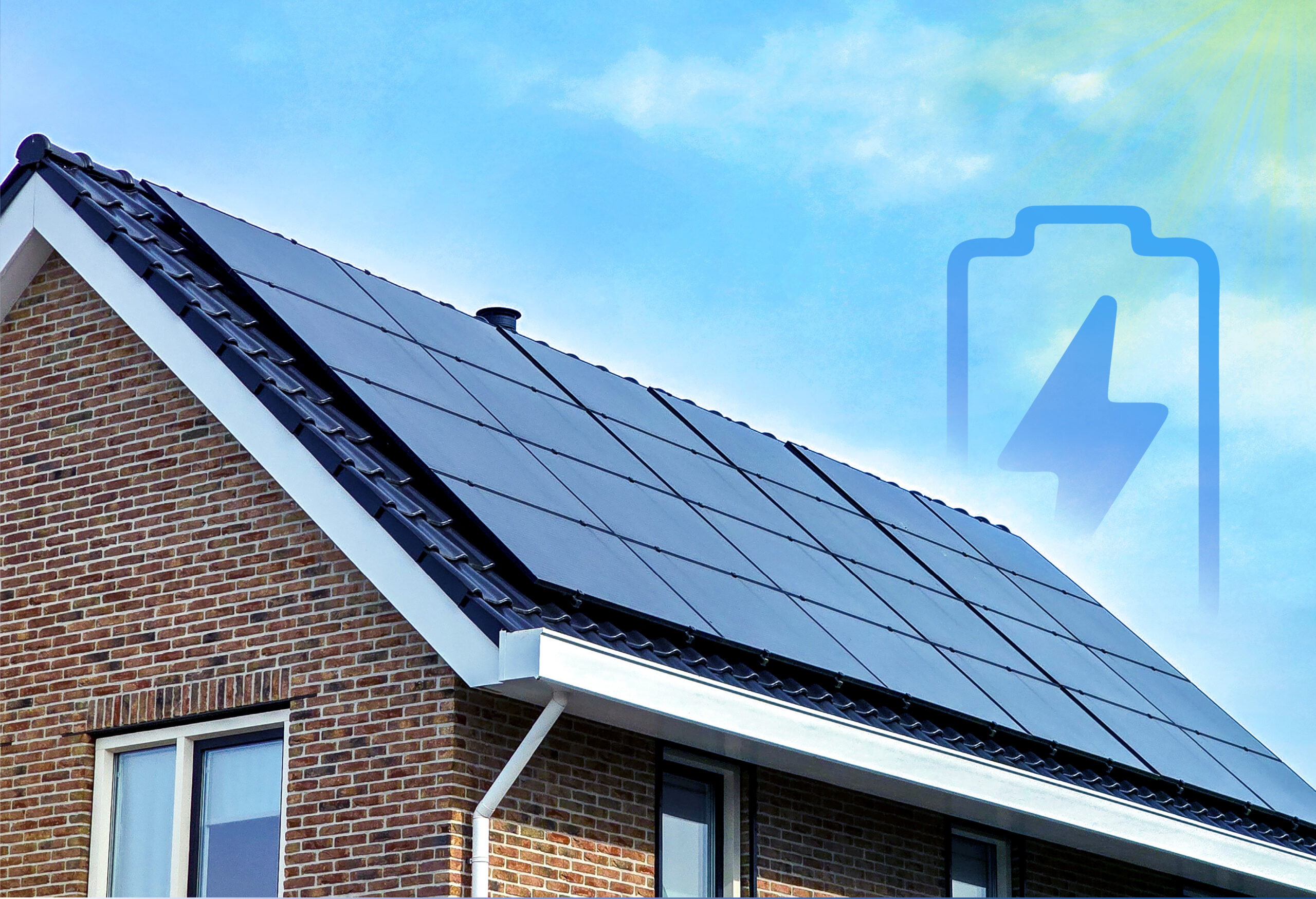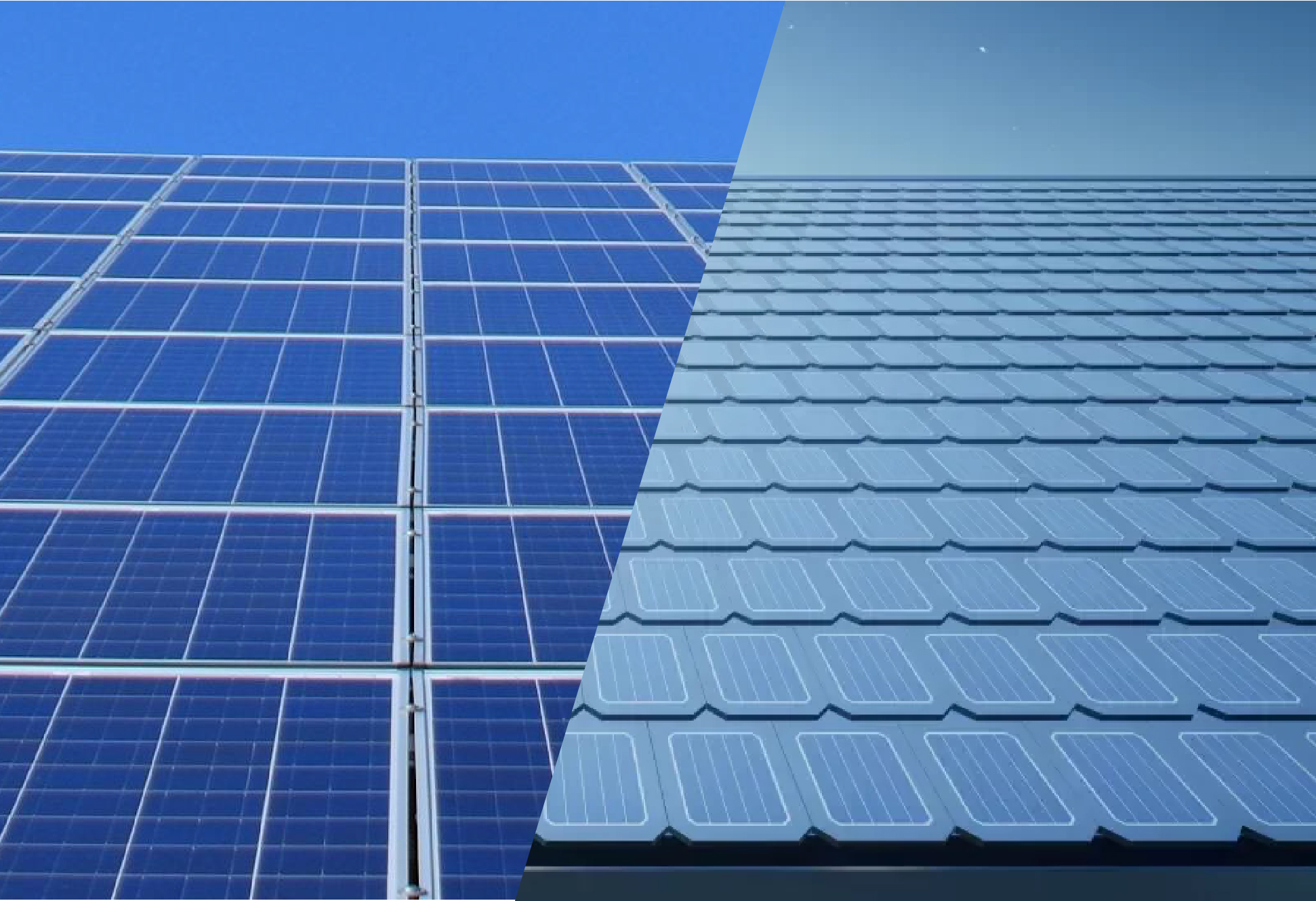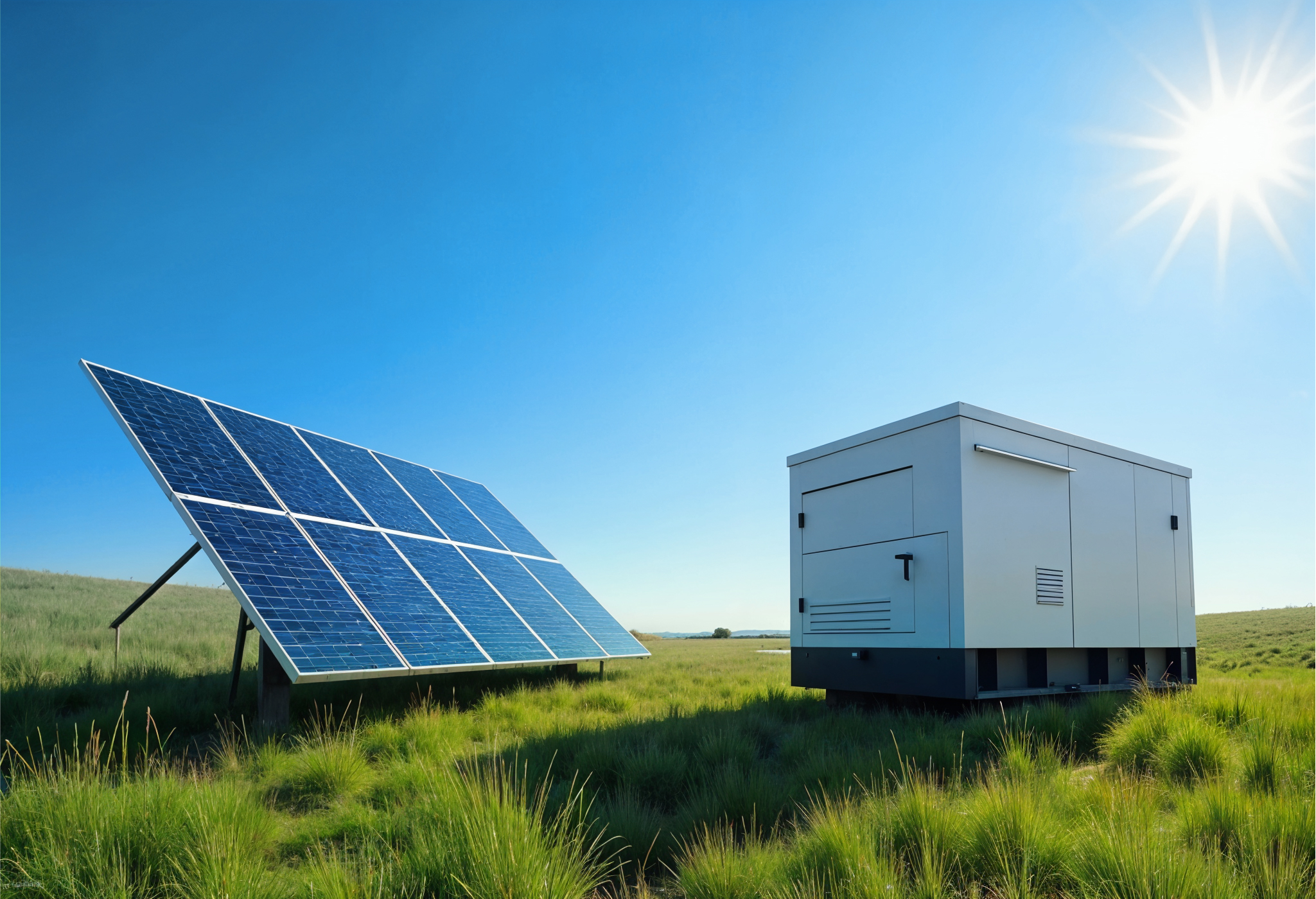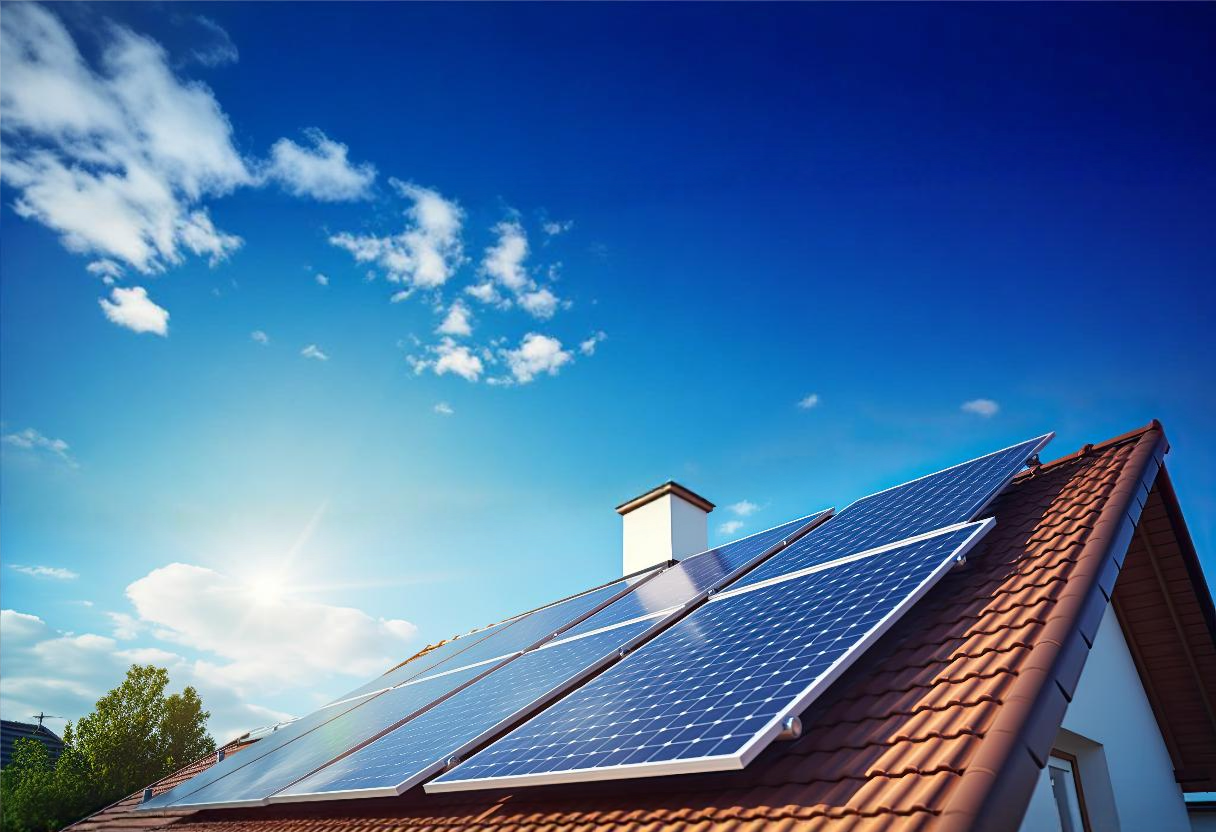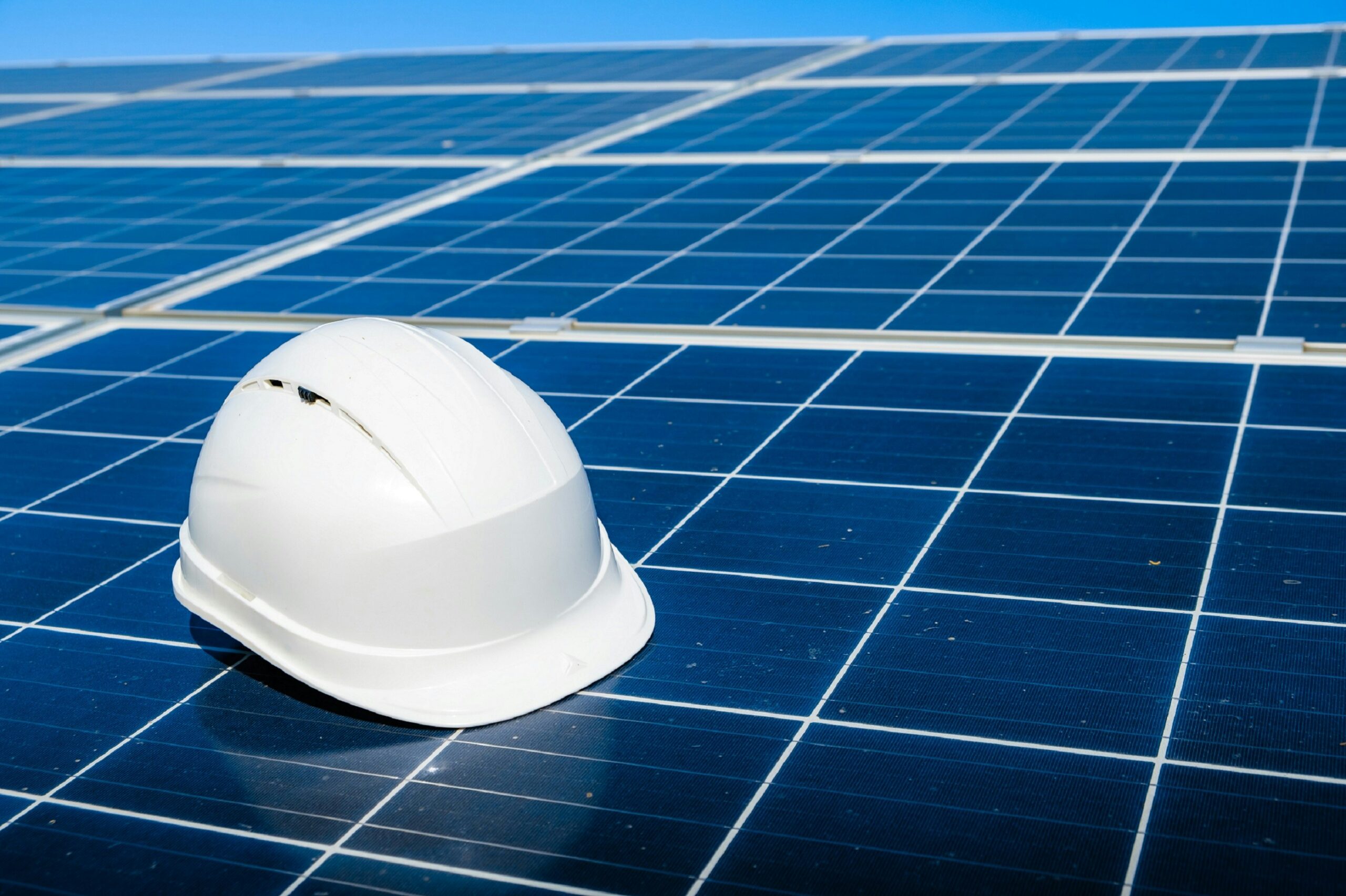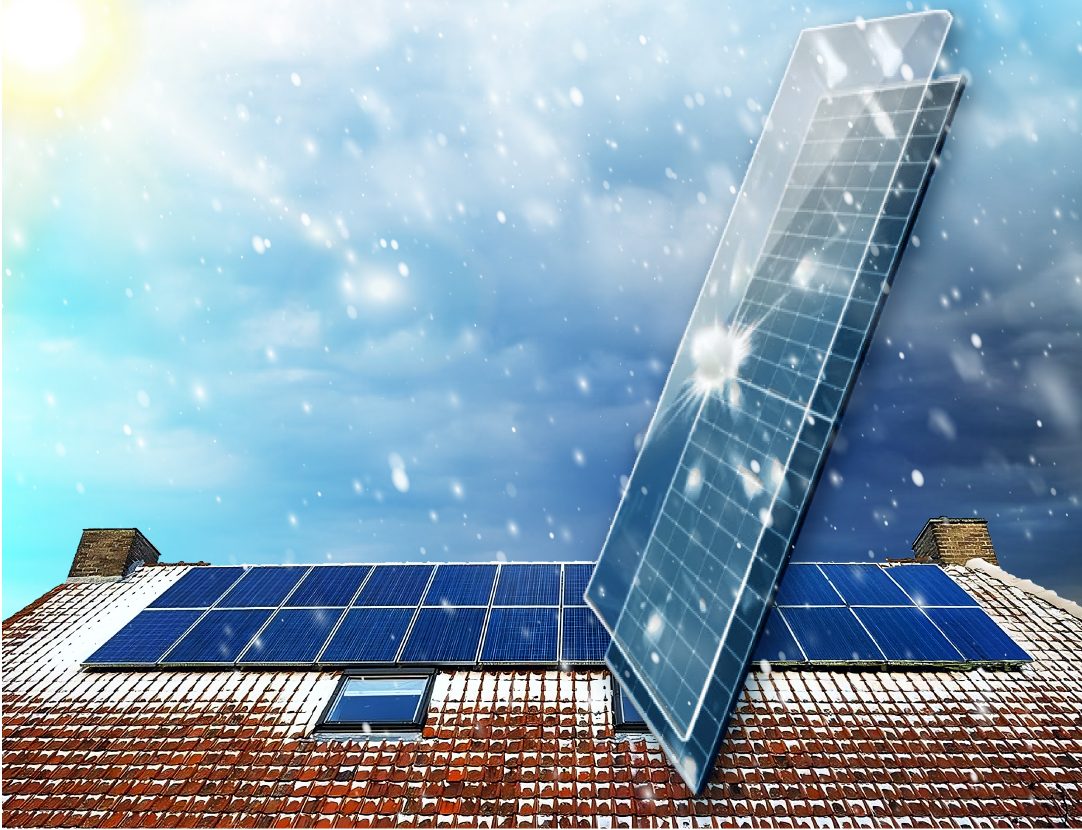Author: Mariela Guanchez
For homeowners weighing the cost of solar panels in Nova Scotia, the first question is simple: will the math work? Consequently, today I’ll break down 2025 prices, incentives and real‑world paybacks—sprinkling in my own marketer‑meets‑installer anecdotes from the Atlantic coast.
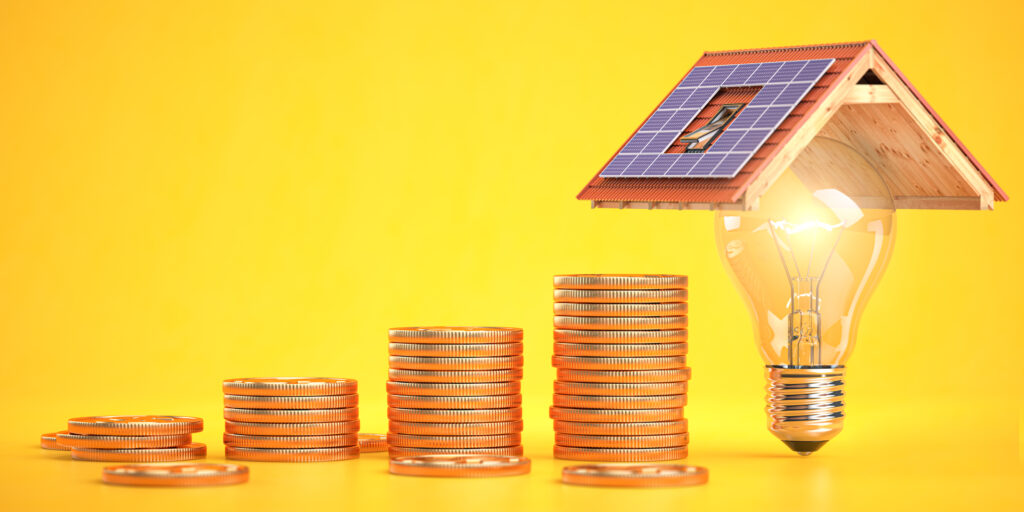
Cost of Solar Panels in Nova Scotia—Main Drivers
Moreover, three elements shape your final invoice: hardware, labour and permits.
Hardware. Accordingly, I specify JA Solar JAM54D41‑440/LB modules—440 W, 22 % efficiency, 5 400 Pa snow‑load, 225 km/h wind rating, IEC 61701 corrosion test passed. Thus, you avoid Atlantic salt‑spray headaches and keep annual degradation near 0.4 %.
Meanwhile, inverters range from budget string models to micro platforms. Choose one whose AC rating equals or exceeds the array’s DC peak so you aren’t throttling output.
Labour & Permits. Experienced installers charge a premium yet include engineering letters, municipal paperwork and workmanship warranties of 10 years or more. Therefore, the extra cost often buys peace of mind.
Typical 2025 Price Ranges in Nova Scotia
- Mid‑range (6–10 kW): $20 000–$35 000 before incentives; covers 70–100 % of average consumption.
- Large (10–15 kW): $35 000–$45 000+ before incentives; ideal when you power a heat pump or EV.
Altogether, roof pitch, shading and travel distance still nudge those figures up or down.
Incentives and Financing That Shrink the Cost
Therefore, the retired SolarHomes rebate is gone, yet three key levers remain:
- Canada Greener Homes Loan—0 % to $40 000 over 10 years (NRCan).
- Net‑metering—crediting excess kWh at retail rates (NS Power).
- PACE or utility programs—property‑tax financing in select municipalities.
For instance, the Greener Homes loan drops a $30 000 system’s monthly cost to ≈$250, roughly matching a typical power bill when net‑metering credits flow.
Check the official Greener Homes Zero‑Interest Loan (NRCan) for eligibility.
Review Efficiency Nova Scotia’s net‑metering guide for current rules.
Net‑Metering—Turning Credits into Cash‑Flow
Consequently, sunny‑day over‑production earns credits that erase winter‑night usage. Hence, most families see grid charges fall to the $20 monthly base fee. Historically, net‑metering contracts get grandfathered, so locking‑in early safeguards the deal.
Real‑World Cost Example
Meanwhile, a Dartmouth family installed 7 kW (16 of those JA modules). Upfront cost hit $24 000. Greener Homes loaned the full amount at 0 %. Net‑metering trimmed their NS Power bill from $140 to $25. Overall, their combined loan‑plus‑bill payment sits about $208. Nevertheless, after year 10 the loan vanishes, leaving $25 bills while utility prices climb.
Is Solar Worth It for Your Nova Scotia Home?
Overall, payback lands in the 8–12‑year window at today’s $0.18/kWh rates and 1 150 kWh/kW‑year yield. Therefore, anyone planning to stay put a decade or more can score long‑term savings and insulation from rising tariffs.
Nevertheless, heavy shade or an imminent move can stretch ROI. Accordingly, schedule a site assessment before signing.
Next Steps and Professional Care
Likewise, never scramble onto the roof yourself; professional crews handle cleaning or warranty swaps. In short, solid gear plus expert labour keeps maintenance hassle‑free.
Further Reading
Internal links
- Explore ROI details in Unlock Rapid Solar Payback in Nova Scotia.
- Learn the process in Install Solar Panels in Nova Scotia: Step‑by‑Step Guide.
- Compare savings in How Much Can Solar Save You in Nova Scotia.
Closing Thought & CTA
Consequently, the question shifts from “Can I afford solar?” to “Can I afford not to?” Therefore, if locking today’s $0.18/kWh rate sounds appealing, book a free assessment and see how quickly those JA Solar panels can start paying you back.

